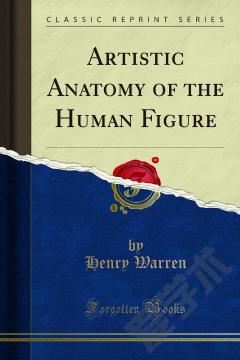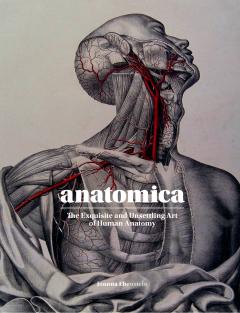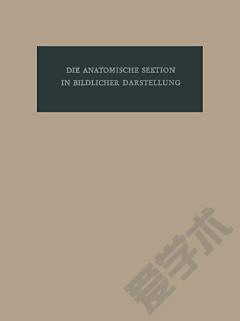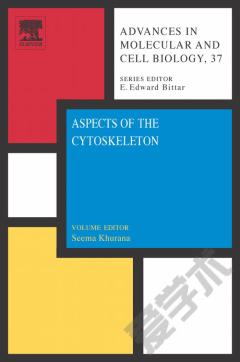The Anatomy of the Human Skeleton
IT is not necessary to lay emphasis on the importance of a knowledge of the skeleton as an integral part of the study Of human anatomy, and, in the literature bearing upon the subject, we find masterly accounts of the constituent bones which rank as classics in the education of the student. In this book I have ventured to wander in some degree from the well-trodden road and to lead the reader by other ways to the comprehension of his subject. My intention has been to induce him to think of the bones as they exist in the body rather than as they lie on the table before him, and to do this I have laid stress — because he must use the prepared Specimens on the meaning of small details and on the relations of the bone, and have relegated the pure description Of the dry bone to a secondary place in other words, each part of the skeleton has been used as a peg on which to hang a consideration of the neigh bouring structures, in the hope that this may afford a new point of view to the reader and enable him to grasp the intimate connection between them. Such a way of regarding the skeleton Opens up a very extensive field of description, and within the limits of a student's hand-book it is only possible to deal with some out of the many points which Offer themselves for development, but I hope that those of which I have treated in this volume may be of value to the student and may lead him to think Of the skeleton as something more than a dry subject for study, and to search for reasons for the hundred and one abstract and concrete qualities which his own observation will prove any particular bone to possess. If it has this effect, one of my objects in writing the book will have been attained.
{{comment.content}}








 京公网安备 11010802027623号
京公网安备 11010802027623号